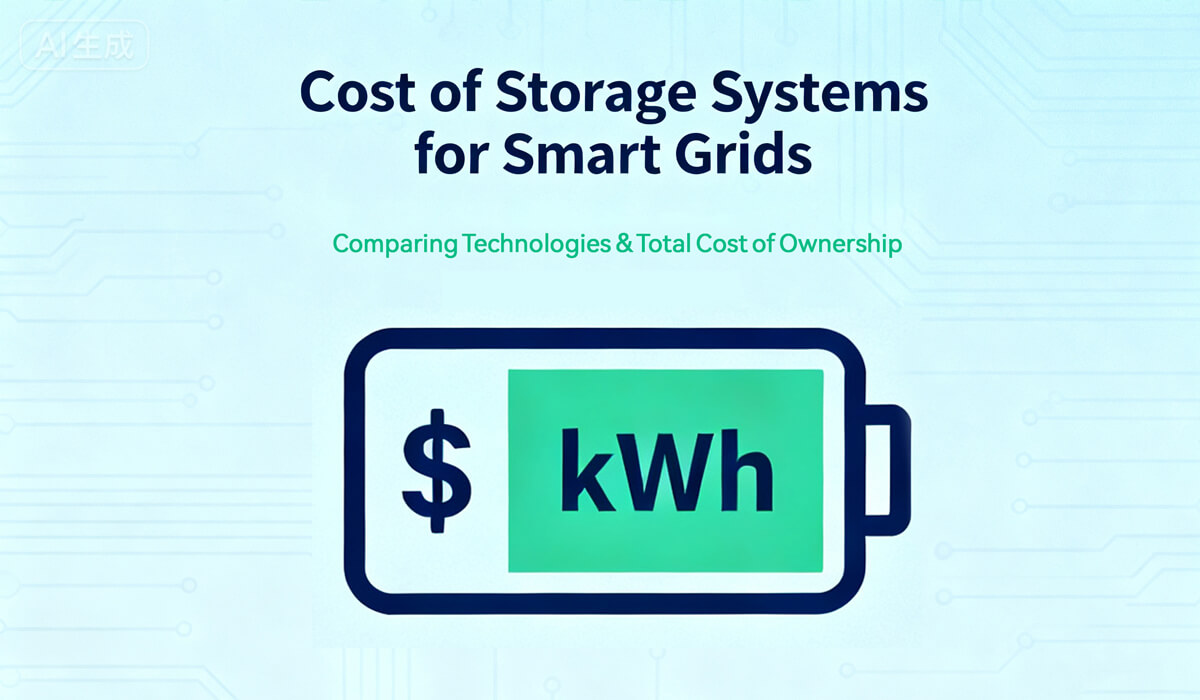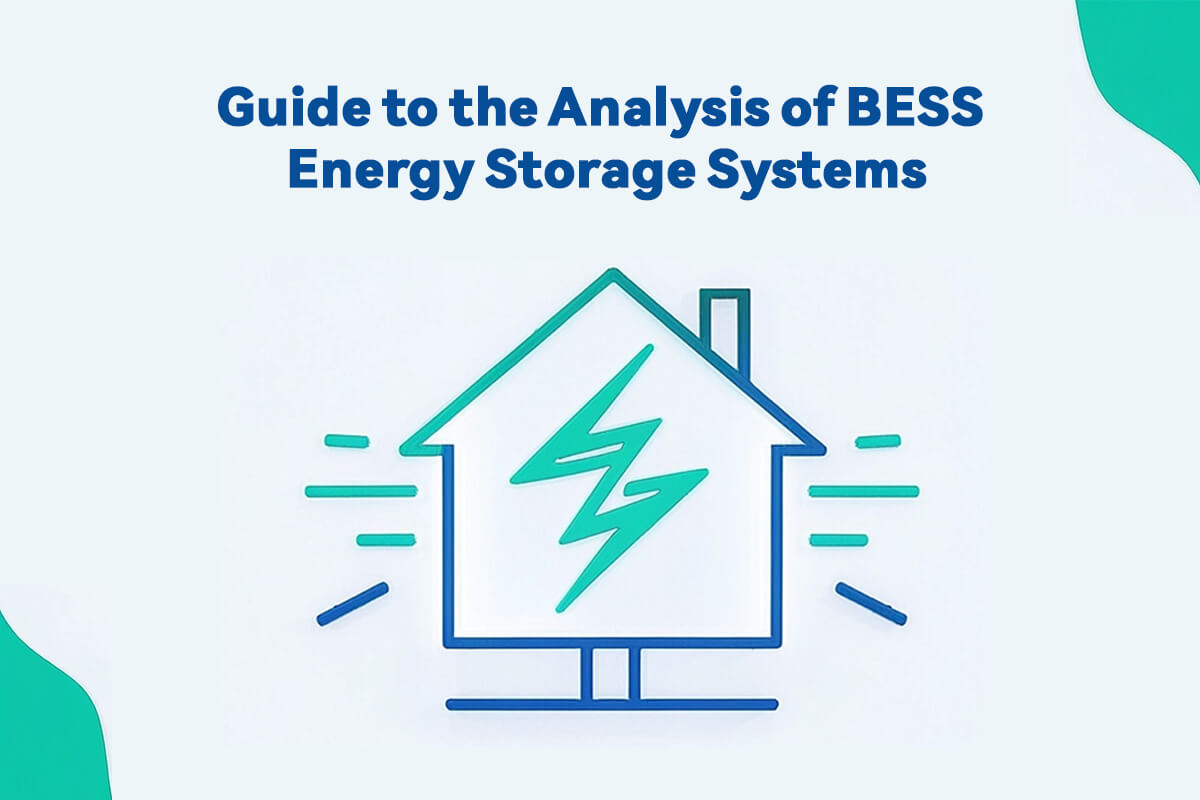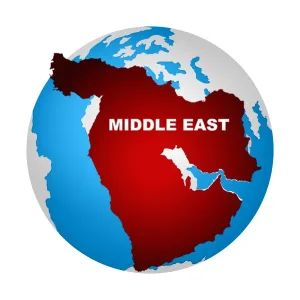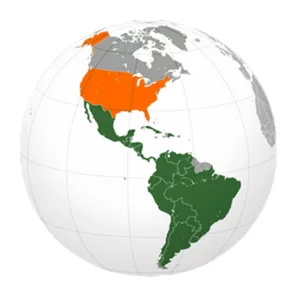Blog
Blog
What is a Megawatt? Understanding MW Power, Conversions & Practical Applications
Published by Dawnice, April 29, 2025
Megawatts (MW) are the invisible giants of the energy world – they power cities, industries, commercial solar battery systems, and even spacecraft. But what exactly does this unit mean, and why does it matter for homes and businesses? Let’s demystify megawatts in simple terms.
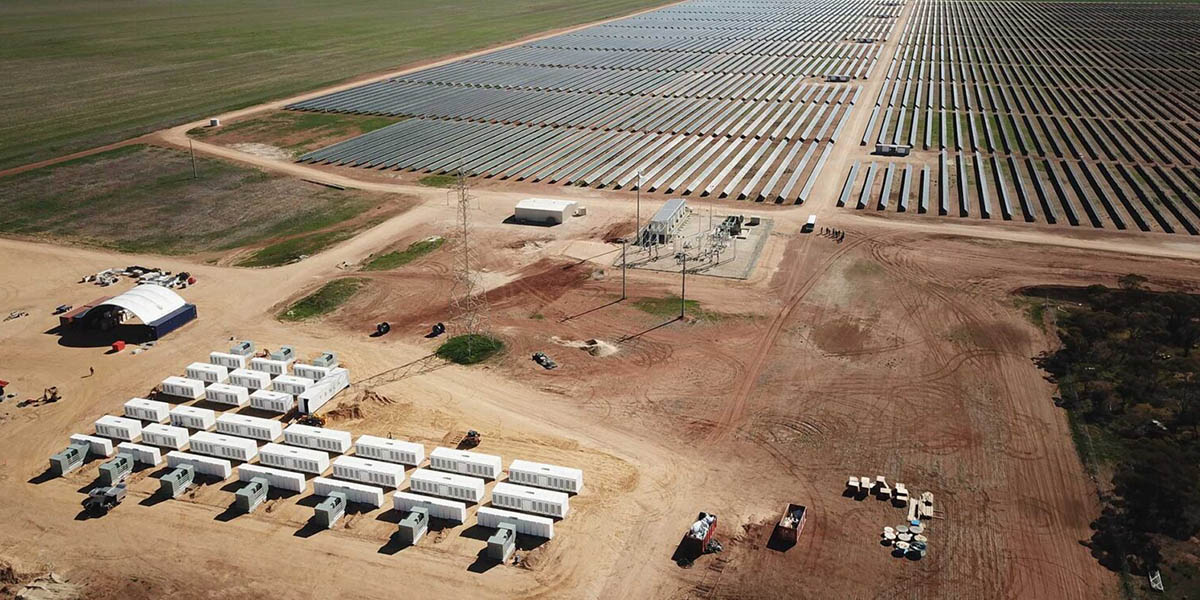
1. What is a Megawatt? (Definition + “Megawatt Meaning”)
A megawatt (MW) measures the rate of energy transfer, equivalent to 1 million watts. To visualize:
-
1 watt: Powers a smartphone charger
-
1 kilowatt (kW): 1,000 watts (runs a microwave)
-
1 megawatt (MW): 1,000,000 watts (enough for 300-1,000 homes!)
This unit answers the question: How fast is energy being used or produced? A 1 MW solar farm, for instance, generates electricity at a rate that could power hundreds of households every hour.
2. Megawatt Conversions Made Simple
Converting MW to smaller (or larger) units is easy with these formulas:
-
MW to kW: Multiply by 1,000 → *1 MW = 1,000 kW*
-
MW to watts: Multiply by 1,000,000 → *1 MW = 1,000,000 W*
-
MW to kWh: Requires time! *1 MW operating for 1 hour = 1 MWh (megawatt-hour)*
Practical Tip: Use MW for large-scale systems (factories, solar farms), kW for homes, and watts for small devices.
3. How Much Power is 1 Megawatt?
Let’s translate this into real-world scenarios:
Homes Powered by 1 MW:
Assuming an average household uses 30 kWh/day:
-
A 1 MW solar system operating 5 hours daily → *5 MWh/day*
-
5,000 kWh ÷ 30 kWh/home ≈ 166 homes powered daily
Variations depend on:
-
Climate: Heating/cooling needs double energy use
-
Efficiency: LED lighting vs. traditional bulbs
Industrial & Urban Use:
-
Hospital: 1-2 MW
-
Data center: 10-50 MW
-
Small town: 20-50 MW
4. Megawatt vs. Kilowatt vs. Gigawatt
| Unit | Watts | Example Applications |
|---|---|---|
| Kilowatt (kW) | 1,000 W | Home solar systems, EV chargers |
| Megawatt (MW) | 1,000,000 W | Solar farms, factories, stadiums |
| Gigawatt (GW) | 1,000 MW | National power grids, nuclear plants |
5. Megawatt-Hour (MWh) Explained
-
Power (MW): Instantaneous rate of energy use (e.g., a car’s speed)
-
Energy (MWh): Total energy consumed over time (e.g., distance driven)
Example:
-
A 1 MW battery discharging for 4 hours → 4 MWh delivered
-
Enough to power 160 homes for 24 hours!
6. Practical Applications: Solar Farms, Batteries & Energy Storage
Why megawatts matter in modern energy systems:
-
Solar Farms: A 5 MW solar plant generates ~7,300 MWh/year, offsetting 5,000 tons of CO₂.
-
Battery Storage: Industrial-scale 10 MW lithium batteries stabilize grids during peak demand.
-
Hybrid Systems: Factories use MW-scale solar + storage to cut energy costs by 40-60%.
Case Study:
A California supermarket installed a 1.5 MW solar + storage system, achieving 90% energy independence and surviving wildfire-related blackouts.
Key Takeaways
-
1 MW ≈ Power for 150-300 average homes (depending on efficiency)
-
MW vs. MWh: Power is instantaneous; energy includes time
-
Storage Solutions: Modern lithium batteries (like Dawnice’s systems) reliably deliver MW-scale power
Ready to explore megawatt-scale energy solutions? Discover industrial storage options.

